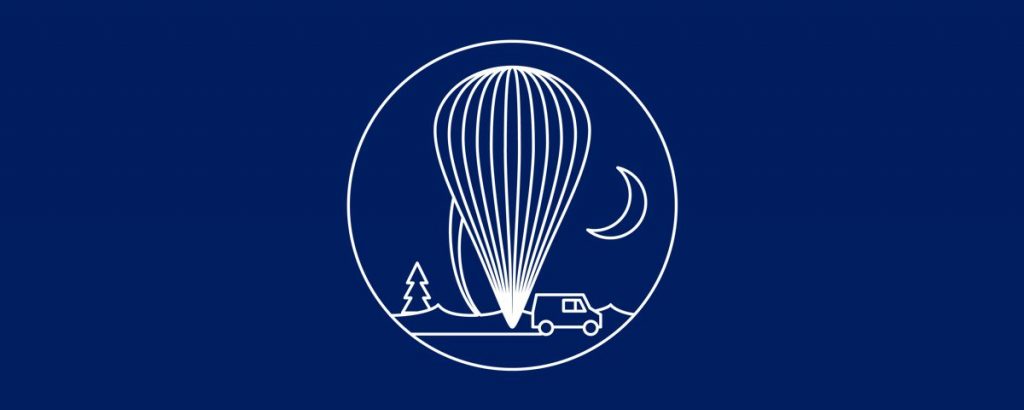JAXA is conducting research for the next generations of aircraft. Their goal is to design a silent supersonic transportation system that is economically viable and eco-friendly for travels in the 21st century. The D-SEND project is composed of drop tests D-SEND #1 and D-SEND #2. In the first phase called D-SEND#1 in 2011, two different axisymmetric bodies were dropped successfully from balloons at an altitude of 24 km. D-SEND#2 campaign is a continuation of the D-SEND#1 phase An experimental supersonic airplane (unmanned aircraft with no engine and capable of autonomous flight) designed utilizing JAXA’s proprietary low sonic boom design technology is dropped from a balloon at an altitude of 30 km. The unmanned aircraft will glide over the boom measurement systems at Mach 1.3 and a flight-path angle of 50 degrees, where the generated boom signature goes down vertically toward the systems. The sonic boom is measured by a series of boom measurement systems held at an altitude of 1km.
The first drop test on August 16, 2013, was from a launch and trajectory point of view a success, but the airplane did not behave as expected. After the separation from the balloon, the supersonic airplane model deviated from the expected flight path and was aborted about 12 kilometers from the targeted boom measurement area.
With D-SEND #2, JAXA aims to achieve the following goals.
- Demonstrate the effect of low sonic boom design at the front and end of the fuselage
- Establish low-boom wave acquisition technology
- Verify the low-boom propagation analysis technology
General information D-SEND-2
| Launch site | Esrange Space Center |
| Launch date | First posible date July 22, 2014 |
| Mass/kg | 1 ton |
| Balloon size | 311 500 m³ (11 M ft³) |
| Height | ~30 km |
Contact persons
Mr. Mikael Toyra, Project manager SSC, mikael.toyra@sscspace.com
Dr.Kenji Yoshida, Project manager JAXA, yoshida.kenji@jaxa.jp

